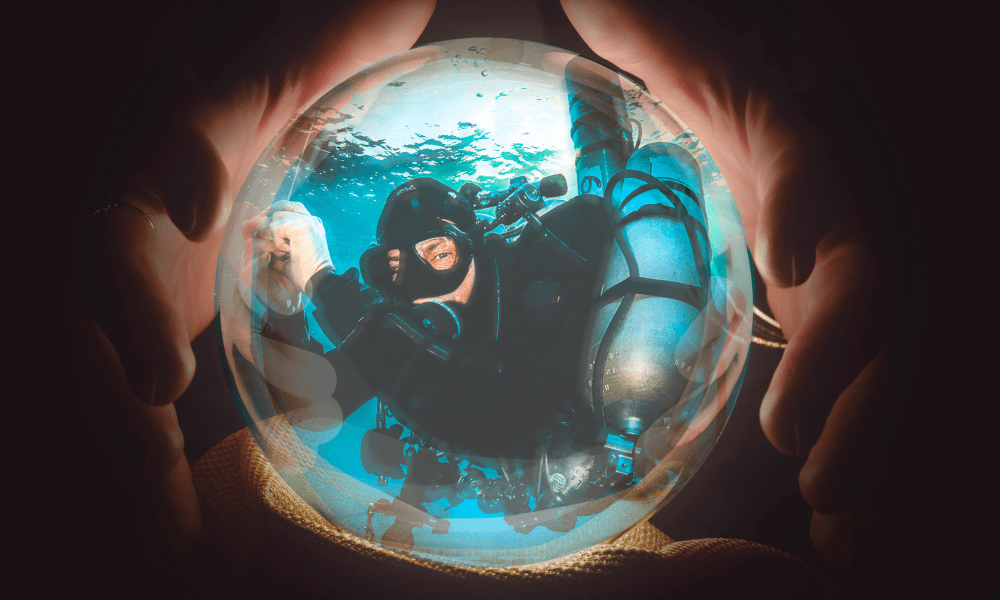conallmeehan44
Registered
How on earth do you calculate your NDL without a computer?
Welcome to ScubaBoard, the world's largest scuba diving community. Registration is not required to read the forums, but we encourage you to join. Joining has its benefits and enables you to participate in the discussions.
Benefits of registering include
I'm not DIR. But if you don't have a computer, there's a thing called a dive plan in which you calculate your dive profile in advance. This is how everyone dived before the computer, even if the dive plan was simply taking a small enough tank that they would run out of air before running out of NDL time.How on earth do you calculate your NDL without a computer?

 indepthmag.com
indepthmag.com
GUE still teaches the ratios as a way of sanity checking dive computers and tables. If either one of those gives you a number significantly shorter than the ratio number there has probably been some input errors somewhere in the systemI do know that some early DIR training groups (not all were full fledged agencies) taught shorthand methods for calculating deviations from that plan on the fly when desired or necessary. I don't know how prevalent that still is given their general acceptance of computers.
First, let me say that this question could be interpreted as implying that the DIR diver is not using a computer. It's been a long time since DIR divers truly shunned computers. But even today there are some shortcut rules of thumb that they might use in some circumstances instead of or as a complement to a computer. This is one of them:How on earth do you calculate your NDL without a computer?
Yes (although 120 is for air, while 130 works for the EAN32 that DIR divers prefer).There was also the "120 rule" that you could use to figure out an NDL dive on the fly. This was loosely based on the Navy Tables and said that you would be OK as long as your max depth in feet + minutes was less than 120. So you could do 60' for 60 minutes or 100' for 20 minutes. To make it more conservative, you could turn it into a 110 or 100 rule.
How on earth do you calculate your NDL without a computer?
Your second point brought to mind the possibility that the OP may have been under the impression that divers might somehow mentally compute no-deco time remaining during the dive, i.e., on the fly, based on actual depths, like a computer does, not to estimating a no-deco limit (NDL) as part of pre-dive planning. If that was the impression, then no, that isn't done.*
- "DIR" is not equal to "no computer". I always dive with 2
- Before every dive, you do a dive plan. At that time it's very easy to calculate NDL from tables, software, dive computers or rules of thumb

